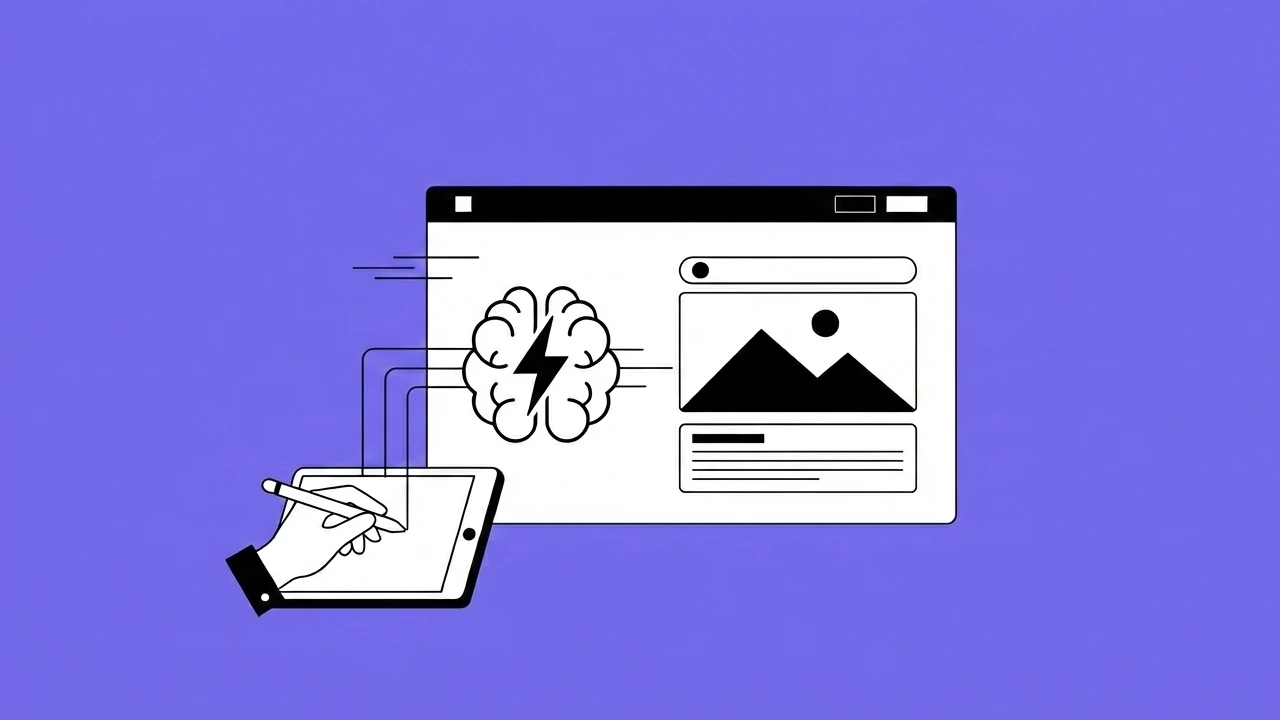When the Mars Climate Orbiter space probe was sent off in September 1999, the engineers failed to convert the English measurements to metric, which resulted in the spacecraft falling and disintegrating into the Martian atmosphere.
Unfortunately, human error is inevitable, even for the most brilliant of minds like in NASA's case. These bumps in the road (which hopefully don’t cost $125 million) are valuable learning opportunities.
We talk a lot about process and planning. Processes and planning are essential for achieving desired outcomes. However, mistakes can still happen, and it’s how you handle them that can turn them into stepping stones for success.
I am no stranger to mistakes, myself.
A few common mistakes that I’ve made in my design career include:
- Not asking enough questions at the beginning of a project. This ultimately leads to a lot of revisions and one time starting over completely. Ouch!
- Publishing work with spelling errors. Not a huge deal, it was fixed pretty quickly, but I still felt pretty embarrassed.
- Not looping in development early on and just handing over a final design. This also leads to more revisions in order to accommodate certain limitations.
Unfortunately, mistakes are inevitable, but let’s discuss how to navigate them with grace.
Step 1: Pause, don’t panic
It's natural to feel overwhelmed, disappointed, or even embarrassed when you discover a mistake. By taking a moment to take a deep breath or getting up from your desk and taking a short walk, you can begin to think calmly and rationally about what went wrong and what to do next.
Don’t take too much, though. It’s critical to not put off doing something about a problem.
Facing it head-on is the best way to get you and your team back on track.
.jpeg)
Step 2: Assess and take action
Once you’ve refocused your thoughts, it’s time to assess the damage and take action.
If this is something you can handle yourself go ahead and take care of it. By taking decisive action, you show your commitment to delivering high-quality work.
Depending on the size of the mistake, this could involve alerting a supervisor or bringing in other folks for their expertise.
For example, let's say you've realized halfway through a redesign that you made a mistake by overlooking accessibility requirements for color contrast.
The low color contrast between foreground and background elements can cause significant usability issues.
If you’re still in the design phase, you can take immediate action to fix the issue in Figma or whatever tool you’re using.
Give your team a heads-up and adjust the colors right away and check them against WCAG standards. If you’ve set up a design system, this should be an easy fix by modifying your color tokens. Once that’s done notify anyone whose work this would impact so that they can make any necessary adjustments on their end.
If you aren’t using a design system, this may mean you’ll have to go in and manually edit the colors throughout your design.
If your designs are now published and out in the world, you may have to call in the development team to step in and make those changes.
.jpeg)
Step 3: Take responsibility and move on
It's important to acknowledge your mistakes, take responsibility for them, and move on with your work.
You want to focus on how to prevent these issues from happening again in the future.
For instance, incorporate a checklist for all design elements during your initial design process, share work early and often with your team (a fresh set of eyes is always helpful), or look into getting your designs set up into a design system to make errors easier to manage in the future.
If you haven’t already, start booking in time at the end of your sprints to do a team retrospective. Reflecting on past experiences, teams can identify where there may be going wrong, refine their way of doing things, and get themselves back on track.
Embrace the opportunity to grow
Remember that everyone (even literal rocket scientists) makes mistakes, regardless of their level of experience.
It's how you respond to the mistakes that will make or break your mission.





